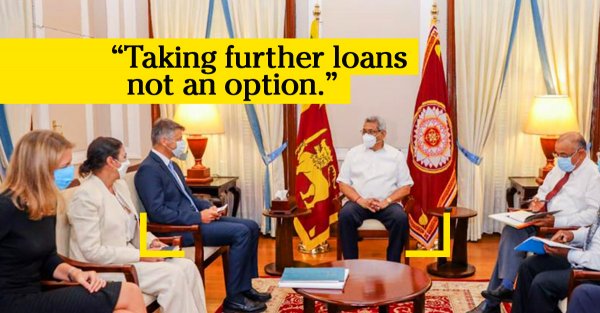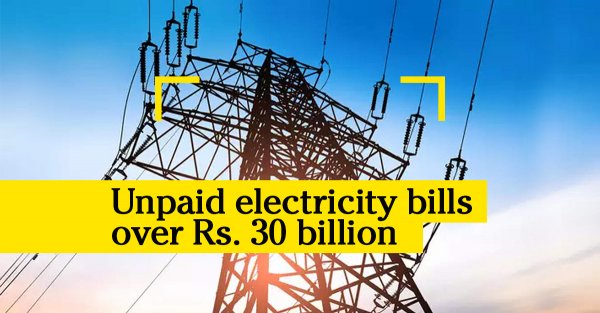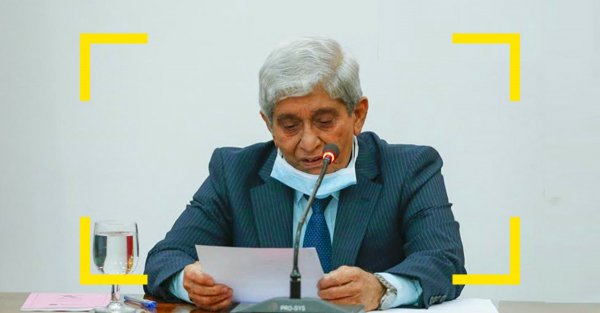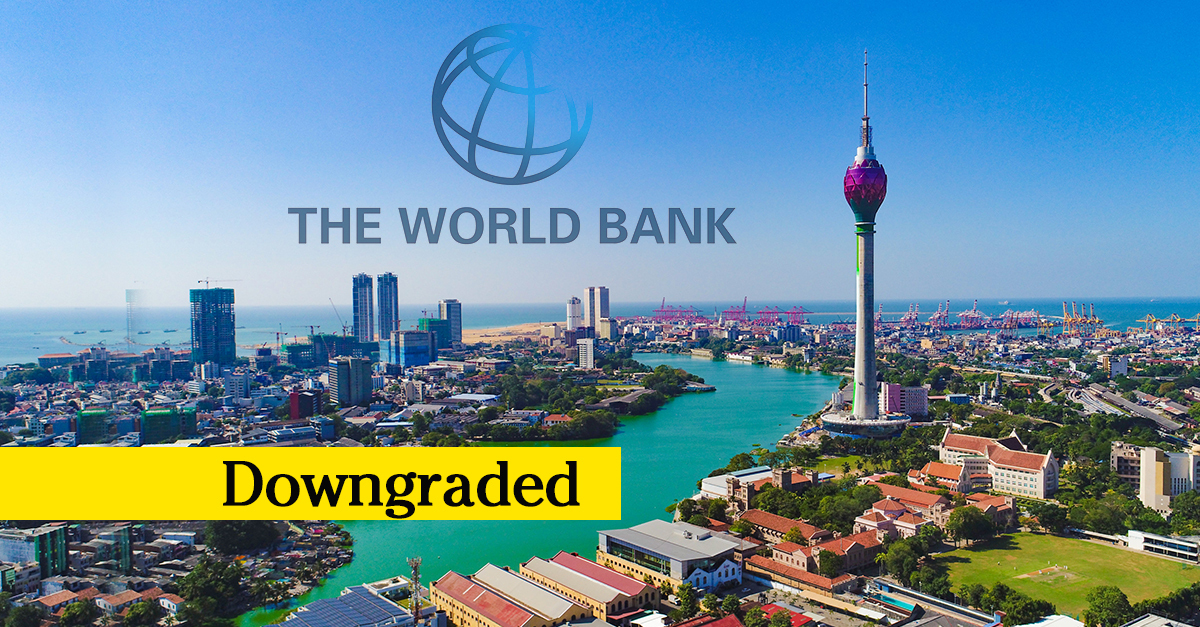
The World Bank has downgraded Sri Lanka from an upper-middle income country to a lower-middle income country, exactly a year after it was first classified as an upper-middle income country.
The change in classification was announced in the World Bank Classifications By Income Level: 2020-2021 report.
The World Bank said Sri Lanka was downgraded to a lower-middle income country after it recorded USD 4020 per capita income for 2020, in comparison to the USD 4060 it posted last year.
Sri Lanka is among the ten economies that are moving to a different category this year, and is one of the three countries moving to a lower category from the previous year.
Algeria and Sudan are the other two countries moving to a lower category.
The World Bank assigns the world’s economies to four income groups—low, lower-middle, upper-middle, and high-income countries.
The classifications are updated each year on July 1 and are based on Gross National Income (GNI) per capita in current USD of the previous year (2019 in this case), and are changed for two reasons:
– In each country, factors such as economic growth, inflation, exchange rates, and population growth influence GNI per capita. Revisions to national accounts methods and data can also influence GNI per capita. The updated data on GNI per capita data for 2019 can be accessed here.
– To keep the income classification thresholds fixed in real terms, they are adjusted annually for inflation. The Special Drawing Rights (SDR) deflator is used which is a weighted average of the Gross Domestic Product deflators of China, Japan, the United Kingdom, the United States, and the Euro Area. This year, the thresholds have moved up in line with this inflation measure. The new thresholds (to be compared with GNI per capita in current USD, Atlas method) are as follows.


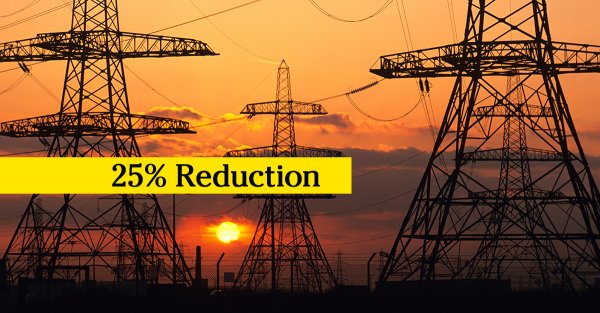
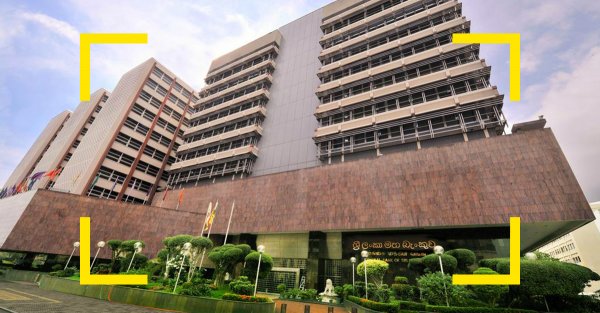
.jpg?w=600)
